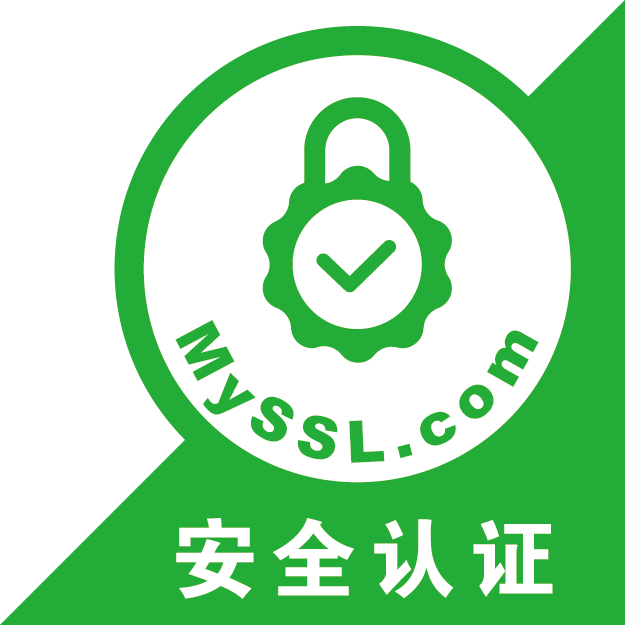悠悠楠杉
PythonPub/Sub订阅者使用过滤器时消息拉取问题深度解析
引言:Pub/Sub过滤器的强大与挑战
在现代分布式系统架构中,发布/订阅(Pub/Sub)模式已成为解耦服务组件的重要机制。Google Cloud Pub/Sub作为其中的佼佼者,提供了强大的消息过滤功能,允许订阅者只接收符合特定条件的消息。然而,许多Python开发者在实际使用过滤表达式时,常会遇到无法成功拉取消息的困扰。
问题现象:过滤器为何失效?
当你在Python客户端中精心设计了过滤表达式,却发现收不到预期的消息时,这种挫败感是实实在在的。常见表现包括:
- 订阅者客户端持续运行但接收不到任何消息
- 过滤条件看似正确却匹配不到已发布的消息
- 相同的过滤表达式在不同环境表现不一致
深度排查:从基础到进阶
1. 基础检查:容易被忽视的细节
订阅配置验证:首先确认订阅确实配置了过滤器。一个常见误区是认为在客户端代码中设置过滤条件就够了,实际上过滤器需要在订阅创建时定义。
python
from google.cloud import pubsub_v1
subscriber = pubsubv1.SubscriberClient() subscriptionpath = subscriber.subscriptionpath(projectid, subscription_id)
创建带过滤器的订阅
filter = 'attributes.eventtype = "ordercreated"'
subscriber.createsubscription(
name=subscriptionpath,
topic=topic_path,
filter=filter
)
消息属性检查:确保发布的消息确实包含过滤条件中指定的属性。Pub/Sub过滤器只能基于消息属性(attributes)进行过滤,不能过滤消息体(data)。
python
publisher = pubsubv1.PublisherClient()
topicpath = publisher.topicpath(projectid, topic_name)
发布带属性的消息
future = publisher.publish(
topicpath,
data=b'Order details...',
eventtype='order_created',
priority='high'
)
future.result()
2. 过滤器语法:精确到每个字符
Pub/Sub过滤表达式使用类似SQL的语法,但对格式要求极为严格:
- 字符串值必须用双引号(如
"value"),单引号会导致失败 - 属性名区分大小写,必须与发布时完全一致
- 复合表达式需要正确使用括号
正确示例:
python
filter = 'attributes.event_type = "order_created" AND attributes.priority = "high"'
错误示例:
python
filter = "attributes.event_type = 'order_created'" # 使用单引号
filter = "event_type = 'order_created'" # 缺少attributes前缀
3. 权限陷阱:服务账户的过滤权限
即使代码完全正确,权限问题也可能导致过滤失效。订阅者的服务账户需要以下IAM权限:
pubsub.subscriptions.consumepubsub.topics.attachSubscription(创建带过滤器的订阅时)
可通过gcloud命令检查:
bash
gcloud projects get-iam-policy PROJECT_ID \
--flatten="bindings[].members" \
--format='table(bindings.role)' \
--filter="bindings.members:SERVICE_ACCOUNT_EMAIL"
高级解决方案:模式与技巧
1. 调试过滤器:逐步验证法
开发过程中,可以采用逐步严格化的过滤策略:
- 首先使用空过滤器(
"")验证是否能收到任何消息 - 然后测试简单过滤器(
attributes.env = "dev") - 最后构建复杂逻辑组合
2. 消息回溯:处理历史消息问题
新创建的带过滤器的订阅默认不会回溯过滤历史消息。如需处理已发布的消息,需要:
python
from google.cloud import pubsubv1
from google.protobuf import timestamppb2
import time
subscriber = pubsubv1.SubscriberClient() subscriptionpath = subscriber.subscriptionpath(projectid, subscription_id)
设置回溯时间点(如1小时前)
starttime = timestamppb2.Timestamp()
start_time.FromSeconds(int(time.time()) - 3600)
subscriber.createsubscription(
name=subscriptionpath,
topic=topicpath,
filter=filter,
retrypolicy={
'minimumbackoff': {'seconds': 10},
'maximumbackoff': {'seconds': 60}
}
)
3. 错误处理与重试机制
稳健的订阅者客户端应包含完善的错误处理:
python
from google.api_core import retry
def callback(message):
try:
print(f"Received {message.data}.")
message.ack()
except Exception as e:
print(f"Error processing message: {e}")
message.nack()
streamingpullfuture = subscriber.subscribe(
subscription_path,
callback=callback,
retry=retry.Retry(deadline=300)
)
try:
streamingpullfuture.result()
except Exception as e:
streamingpullfuture.cancel()
print(f"Subscription error: {e}")
性能考量:过滤器的隐藏成本
虽然过滤器能减少不必要的数据传输,但也带来性能影响:
- 过滤评估延迟:每个消息的过滤评估会增加少量延迟
- 资源消耗:复杂过滤器会消耗更多服务器资源
- 配额限制:每个项目的过滤订阅数量有限制(默认10,000个)
对于高吞吐量场景,可以考虑:
- 使用多个主题代替复杂过滤
- 在消息消费者端进行二次过滤
- 将关联属性设计为前缀格式(如
type_order)
最佳实践:从经验中提炼
根据Google Cloud官方建议和实战经验,总结以下最佳实践:
属性设计原则:
- 使用一致的命名规范(如snake_case)
- 将常用过滤字段作为属性
- 避免在属性中存储大型数据
过滤器设计原则:
- 优先使用精确匹配(=)而非模式匹配
- 将高选择性条件放在前面
- 避免使用NOT操作符
监控与告警:python
from google.cloud import monitoring_v3client = monitoringv3.MetricServiceClient() projectname = f"projects/{project_id}"
interval = monitoringv3.TimeInterval() now = time.time() interval.endtime.seconds = int(now)
interval.start_time.seconds = int(now - 3600) # 1小时范围results = client.listtimeseries(
request={
"name": projectname, "filter": 'metric.type = "pubsub.googleapis.com/subscription/numundeliveredmessages"', "interval": interval, "view": monitoringv3.ListTimeSeriesRequest.TimeSeriesView.FULL
}
)
结语:掌握过滤器,释放Pub/Sub全部潜力
通过系统性地理解Pub/Sub过滤器的工作原理、掌握精确的语法规则、实施健全的错误处理,Python开发者可以完全驾驭这一强大功能。记住,每个分布式系统都有其独特性,在应用这些解决方案时,应根据实际业务场景进行调整和优化。当过滤器正常工作后,你会发现Pub/Sub模式能够以极高的效率连接系统的各个部分,同时保持组件间的松散耦合——这正是现代云原生应用的架构精髓。

